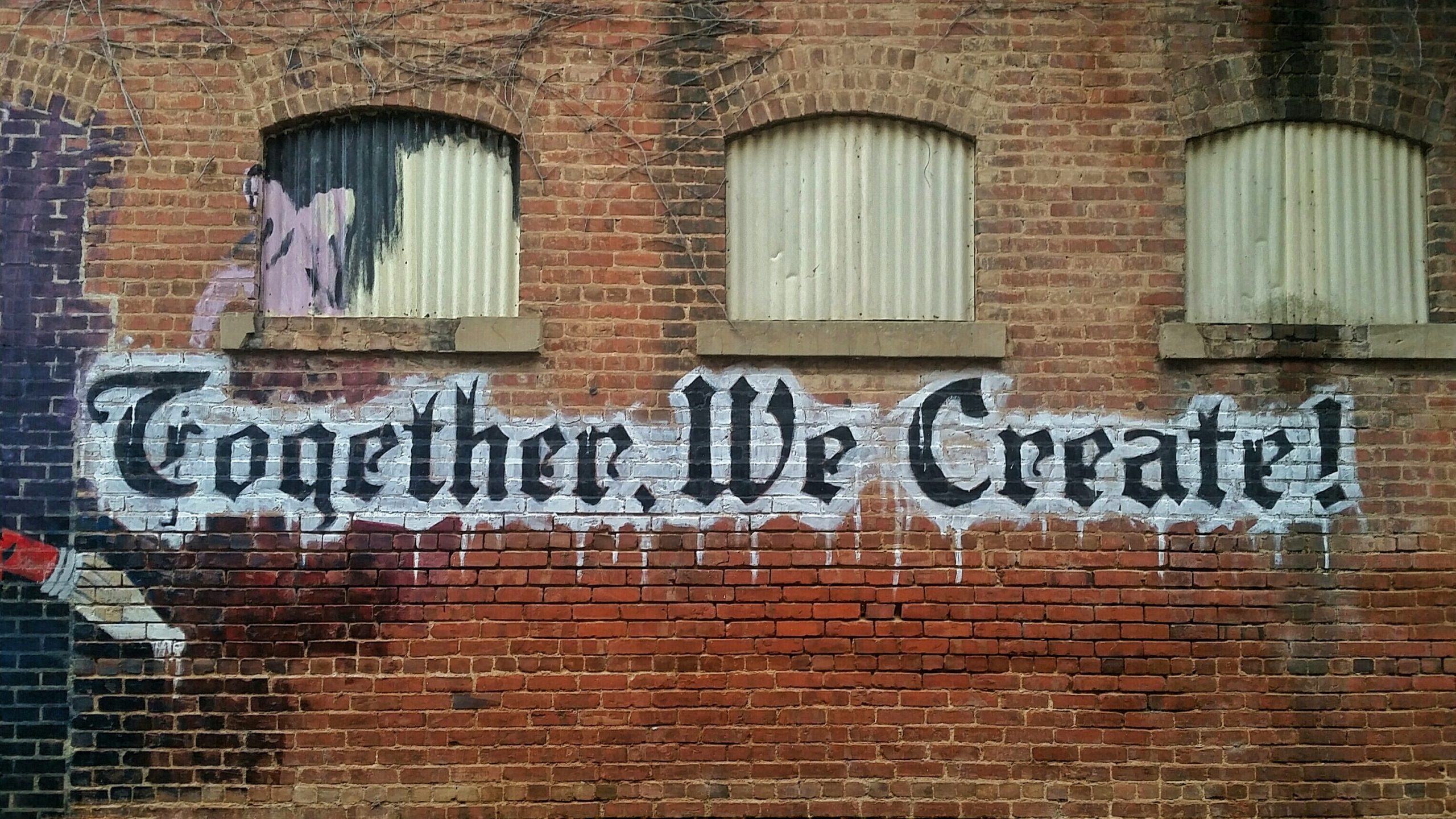2.4 Critical considerations
Learning Objectives
Learners will be able to…
- Critique the traditional role of researchers and identify how action research addresses these issues.
==NEED TO FINALIZE THE INTRO FOR THIS SECTION .==
So far in this book, we have presented the steps of research projects as follows:
- Find a topic that is important to you and read about it.
- Pose a question that is important to the literature and your community.
- Propose to use specific research methods and data analysis techniques to answer your question.
- Carry out your project and report the results.
These were depicted in more detail in Table 2.1 earlier in this chapter. However, there can be important limitations to this approach. This section examines these limitations and how to address them.
Whose knowledge is privileged?
First, let’s critically examine your role as a researcher. Following along with the steps in a research project, you start studying the literature on your topic, find a place where you can add to scientific knowledge, and conduct your study. But why are you the person who gets to decide what is important? Just as clients are the experts on their lives, members of your target population are the experts on their lives. What does it mean for a group of people to be researched on, rather than researched with? How can we better respect the knowledge and self-determination of community members?

A different way of approaching your research project is to start by talking with members of the target population and those who are knowledgeable about that community. Perhaps there is a community-led organization you can partner with on a research project. The researcher’s role in this case would be more similar to a consultant, someone with specialized knowledge about research who can help communities study problems they consider to be important. The social worker is a co-investigator, and community members are equal partners in the research project. Each has a type of knowledge—scientific expertise vs. lived experience—that should inform the research process.
The community focus highlights something important: they are localized. These projects can dedicate themselves to issues at a single agency or within a service area. With a local scope, researchers can bring about change in their community. This is the purpose behind action research.
Data equity
How we decide to measure our variables determines what kind of data we end up with in our research project. Because scientific processes are a part of our sociocultural context, the same biases and oppressions we see in the real world can be manifested or even magnified in research data. Jagadish et al. (2021)[1] present four dimensions of data equity that are relevant to consider: (1) representation of non-dominant groups within data sets; (2) how data is collected, analyzed, and combined across datasets; (3) equitable and participatory access to data, and (4) the outcomes associated with the data collection. Historically, we have mostly focused on measures producing outcomes that are biased in one way or another, and this section reviews many such examples. However, it is important to note that equity must also come from designing measures with a consideration for how they will be used in data collection, data analysis, and data sharing by answering questions such as:
- Are groups historically suppressed from the data record represented in the sample used to test the measure’s psychometrics?
- Are equity data gathered by researchers and used to uncover and quantify inequity?
- Are the data accessible across domains and levels of expertise, and can community members participate in the design, collection, and analysis of the public data record?
- Are the data collected used to monitor and mitigate inequitable impacts?
So, it’s not just about whether measures work for one population or another. Data equity is about the context in which data are created from how we measure people and things. We agree with these authors that data equity should be considered within the context of automated decision-making systems and recognizing a broader literature on the role of administrative systems in creating and reinforcing discrimination. To combat the inequitable processes and outcomes we describe below, researchers must foreground equity as a core component of measurement.
Avoiding exploitation
==NEED TO WRITE THIS SECTION. BELOW ARE SOME IDEAS.==
wages to assistants
supporting community partners financially (not exploiting)
Returning to the community (sharing results, etc.)
other examples of critical considerations – may look up scholarly works for exploitative research practices to include
=======================================
Key Takeaways
- Traditionally, researchers did not consult target populations and communities prior to formulating a research question. Action research proposes a more community-engaged model, where researchers act as consultants, assisting communities in investigating topics that are important to them.
Post- awareness check (Knowledge)
Based on what you know of your target population, what are a few ways to receive their “buy-in” to participate in your proposed research study?
Exercises
TRACK 1 (IF YOU ARE CREATING A RESEARCH PROPOSAL FOR THIS CLASS)
- Apply the key concepts of action research to your project. How might you incorporate the perspectives and expertise of community members in your project?
TRACK 2 (IF YOU AREN’T CREATING A RESEARCH PROPOSAL FOR THIS CLASS)
You are researching the impact of your city’s recent harm reduction interventions for intravenous drug users (e.g., sterile injection kits, monitored use, overdose prevention, naloxone provision, etc.).
- Apply the key concepts of action research to your project. How might you incorporate the perspectives and expertise of community members in your project?
- Jagadish, H. V., Stoyanovich, J., & Howe, B. (2021). COVID-19 Brings Data Equity Challenges to the Fore. Digital Government: Research and Practice, 2(2), 1-7. ↵
